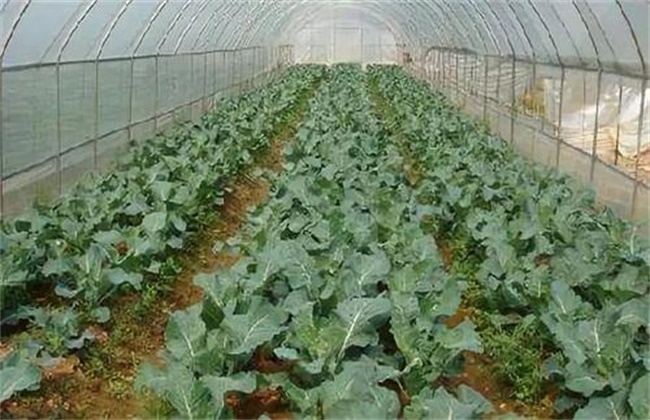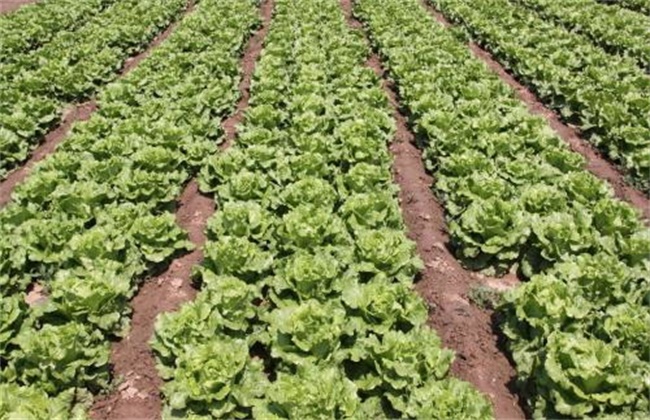High-yield planting techniques of Lotus Root
Lotus root is a very common vegetable in our daily life. the nutritional value of lotus root is very high and is loved by many people. Therefore, there are still a lot of people planting lotus root, and when planting lotus root, the yield is an issue of great concern to everyone. So how to plant lotus root to achieve high yield? Today, the editor has brought you the high-yield planting technology of lotus root. Let's take a look at it.

1. Weeding in time
Weeds have a great effect on the growth of lotus root, and its growth rate is very slow in the early stage of lotus root growth. And the field is very easy to grow weeds, weeds will rob the lotus root growth nutrition, resulting in lotus root growth nutrition deficiency, so we must pay attention to weeding work. Generally speaking, we should weed the weeds once a month from May to June and step on the weeds directly into the mud to let them rot naturally. If weeds have strong vitality, then we need to dry them and increase the number of times of pulling weeds, mainly according to the actual situation in the field.
2. Reasonable topdressing
Reasonable topdressing is also the key measure to ensure the yield of lotus root. When the lotus root is in the budding stage, we should apply an appropriate amount of organic fertilizer. Sprinkle organic fertilizer between the rows of lotus root, and then pour it into the mud to increase the water temperature and ground temperature to ensure that it can grow normally. Then in the lotus root leaf growth period, that is, when the lotus root plant grows 4-6 standing leaves, the second fertilization is carried out. Fertilizer can be used farm manure, can also use chemical fertilizer and so on. If there are conditions, then an appropriate amount of cake fertilizer can be added to ensure the rapid growth of lotus root and provide it with adequate nutrients.
3. Moisture control
Water is an indispensable condition in the growth of lotus root. After the planting of lotus root, there is no shortage of water in general. We are mainly concerned about the depth of irrigation in the field, which should be adjusted according to climate change and the actual growth of lotus root. In order to raise the ground temperature and let the lotus root grow normally, shallow water irrigation is necessary around May every year. Then, when the temperature rises gradually and the standing leaves begin to grow at the beginning of June, the amount of irrigation can be increased appropriately.
4. Sun up the field at the right time
During the whole growth period of lotus root, drying the field should be carried out twice or so. For the first time, it should be carried out in May, releasing all the water from the lotus root field and drying the lotus root field until there are small cracks in the lotus root field. This can effectively increase the temperature, promote the root of lotus root, and enhance the wind resistance of lotus root plants. Then dry the field again in June, keeping it at about 4 days. However, we should pay attention to drying the field not to be excessive, if it leads to excessive cracks in the lotus root field, it will lead to hard ground and affect the growth of lotus root, and in serious cases, it will lead to the withering and yellow death of lotus root.
The above is a brief introduction to the high-yield planting techniques of lotus root. That's all for today's introduction. This article is for reference only. I hope it can be helpful to everyone.
Related
- Where is it suitable to grow horseradish in China? it is expected to see the middle altitude horseradish in Alishan.
- How to prevent tomato virus disease reasonably? (Control methods included)
- Many people like to plant towel gourd on the balcony. What are the main points of this method and management?
- What crops can chili peppers be mixed with?
- Fertilization techniques and matters needing attention in Tomato
- What are the grafting techniques for peach seedlings in spring?
- Harm and control methods of root swelling disease of Chinese cabbage
- What are the pests of sweet potatoes? How to prevent and cure it?
- Symptoms, causes and Control methods of navel Rot in Tomato
- The cause of "Cucumber rotten bibcock" in Farmers' planting Cucumber and its Control Plan



